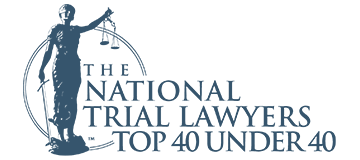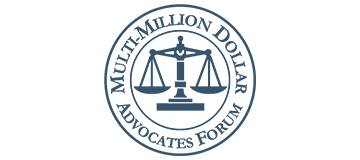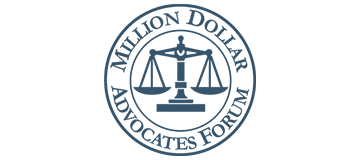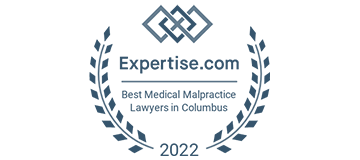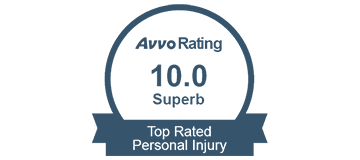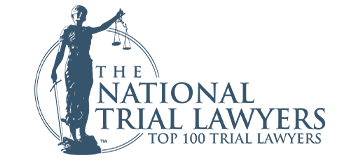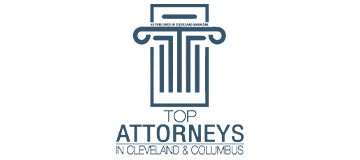It’s a natural human tendency to make assumptions and draw conclusions based on preconceived ideas or personal biases. One wrongful death case of ours not only illustrates this tendency, but demonstrates that some good can come from a tragedy as long as we set our preconceived notions aside and invest some extra time to discover the underlying facts of a case.
Death of a child
This case involved a 9-year-old boy named John*. One afternoon John was playing with two of his friends at a vacant house in his impoverished neighborhood. Because the house was in disrepair, one of John’s friends was able to pull a spindle from the porch’s railing. For fun, the friend used the spindle to bang on one of the porch supports, which eventually gave way, causing the roof to collapse, crushing John and killing him.
It was a deep tragedy. and when John’s family sought legal support from several other wrongful death attorneys, they were told there wasn’t a case—that the boys were vandalizing the property and that such an event, albeit tragic, was essentially their own fault.
Fortunately, for a number of reasons we took the case and, in the process, uncovered the truth underlying this tragedy.
For a free legal consultation, call 614-481-6000
Exposing the truth of a wrongful death
By digging into the circumstances of this case, we uncovered information that not only supported the family’s wrongful death allegations, but also shed light on questionable lending practices and on the consequences of unchecked poverty in the U.S.
As was the case with many properties in the mid-2000s, the bank had allowed the property to be refinanced numerous times (at least 12 by our count) until a house that had originally sold for $22,000 in the early 2000s had a mortgage of $160,000 by 2006. Eventually the house was foreclosed upon, the occupants were evicted, and the house was left vacant.
Why was John playing on the porch in the first place? Recreation facilities in this impoverished neighborhood had been closed, and playgrounds had been chained and locked. There was nothing for youngsters to do after school to occupy their time or energy. To pass the time, John and his friends would walk to Children’s Hospital to simply ride the elevators up and down. Such was the extent of their entertainment.
As shady back-room mortgage companies generated bogus appraisals and refinances, and with the national mortgage meltdown looming, more and more houses in John’s neighborhood were abandoned; and understandably, those ruins became the local children’s playground.
Making our case
Through dogged persistence and by taking great care to examine the facts of this case, we were able to make credible arguments and revamp perspectives. We changed people’s point of view from seeing the boys as ne’er-do-wells who vandalized vacant properties for fun to understanding that an injustice was afoot and that John’s family should be compensated for their loss.
Two points made a significant impact:
- First, we established that it was the legal duty of the property owner, a mortgage company, to take care of its property and not let it deteriorate after evicting its occupants. The fact that kids were running in and out of these vacant houses without the owners even knowing about it simply corroborated our point about the property owner’s inattentiveness and negligence.
- Then, through expert witnesses, we developed a line of evidence showing that these young boys could not be expected to exercise the level of judgment we expect of adults. The reality is, because boys’ frontal lobes continue to develop well into adulthood, judgment is very poor in young males until they’re in their early- to mid-20s.
By successfully introducing these two arguments, we established that responsibility for John’s death wasn’t due to the poor judgment of John and his friends, but rather because the mortgage company allowed its vacated property to deteriorate to the point where it became an unsupervised hazard that attracted young children.
Click to contact our personal injury lawyers today
Finding some good in the bad
As heart-breaking as the circumstances of this case were, we were able to achieve some positive outcomes.
First, we sent a message to mortgage companies that it was their responsibility to take care of their vacated properties, especially in these blighted areas.
We also found some measure of justice by compensating John’s family. We had visited the family at their home — even bringing gifts and a Christmas tree for a few holiday seasons — so we knew how tough their living conditions were. About 10 family members all lived in a small, one bedroom home. The compensation we were able to obtain helped John’s family improve their economic circumstances and secure a safer environment for John’s siblings.
Probably the most important result of the case, though, was that we gave John’s mom and family some measure of healing. Their house being only a few doors down from the scene of John’s fatal accident, John’s mother was haunted by his death daily. Winning the case gave her the financial means to relocate so she could start putting the tragedy behind her.
Complete a Free Case Evaluation form now
Honoring people
At our very core, we are compelled to uncover the truth and find justice for our clients. But there’s something that’s even more fundamental and important to us as wrongful death attorneys: we never forget that our clients are people who have faced devastating losses and disruption that many of us would find unimaginable.
The hardest part about our jobs is dealing with the sheer permanence of things that have already transpired; the heart-rending things about life that we just cannot undo. There’s obviously no way we can bring wrongful death victims back to their families, but we can try to bring something positive to those who have been impacted.
As we work on these cases, it’s not uncommon for us to lose sleep. We’ll often find ourselves lying in bed in the middle of the night, restless, our brain dwelling on unanswered questions or open issues that need to be tracked down. But bringing some sense of peace to our clients, restoring some normalcy to their lives, and helping families move beyond their tragedy is what drives us.
*Names in this article have been changed to protect our client’s privacy.
The outcome of any client’s case will depend on the particular legal and factual circumstances of the case.
Call or text 614-481-6000 or complete a Free Case Evaluation form





